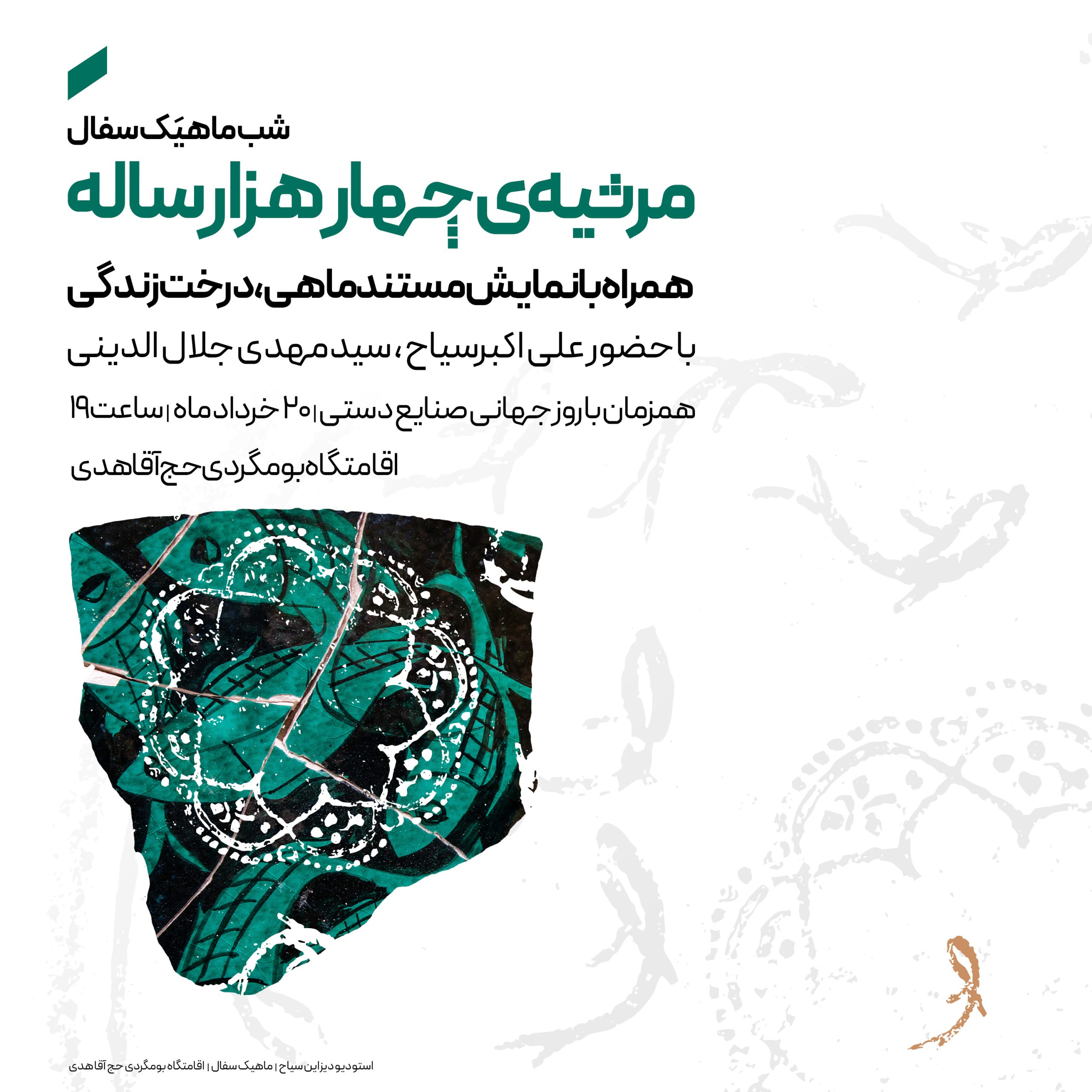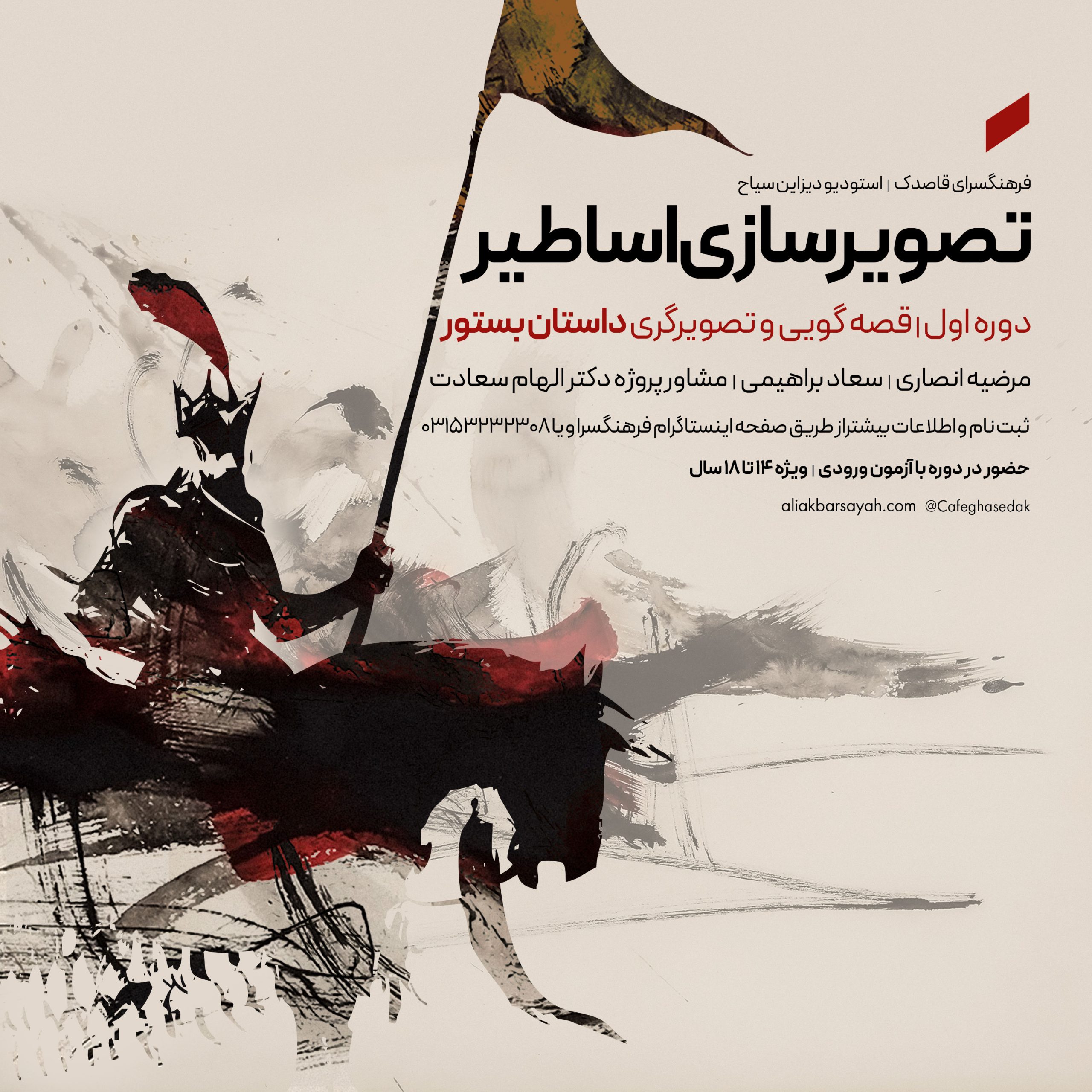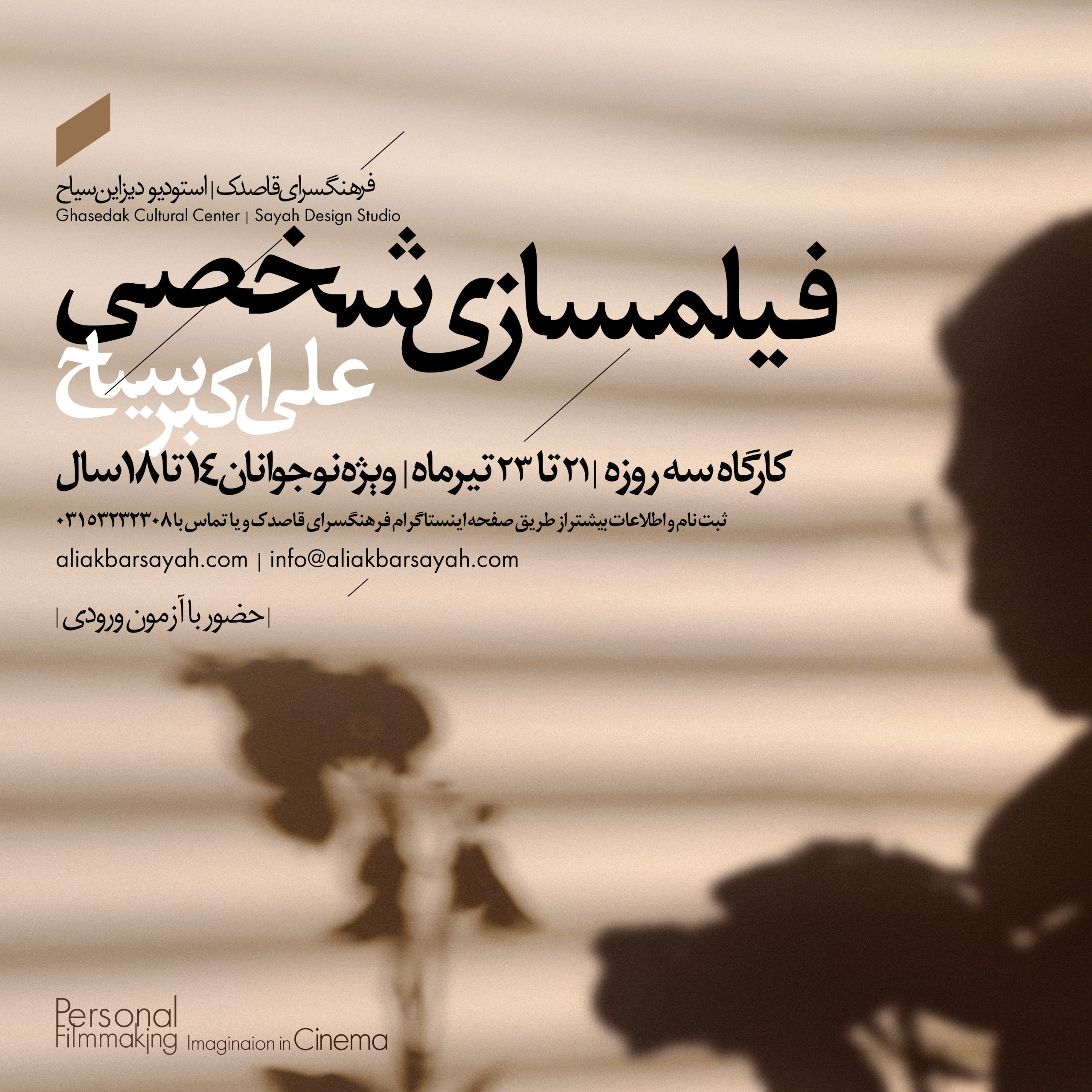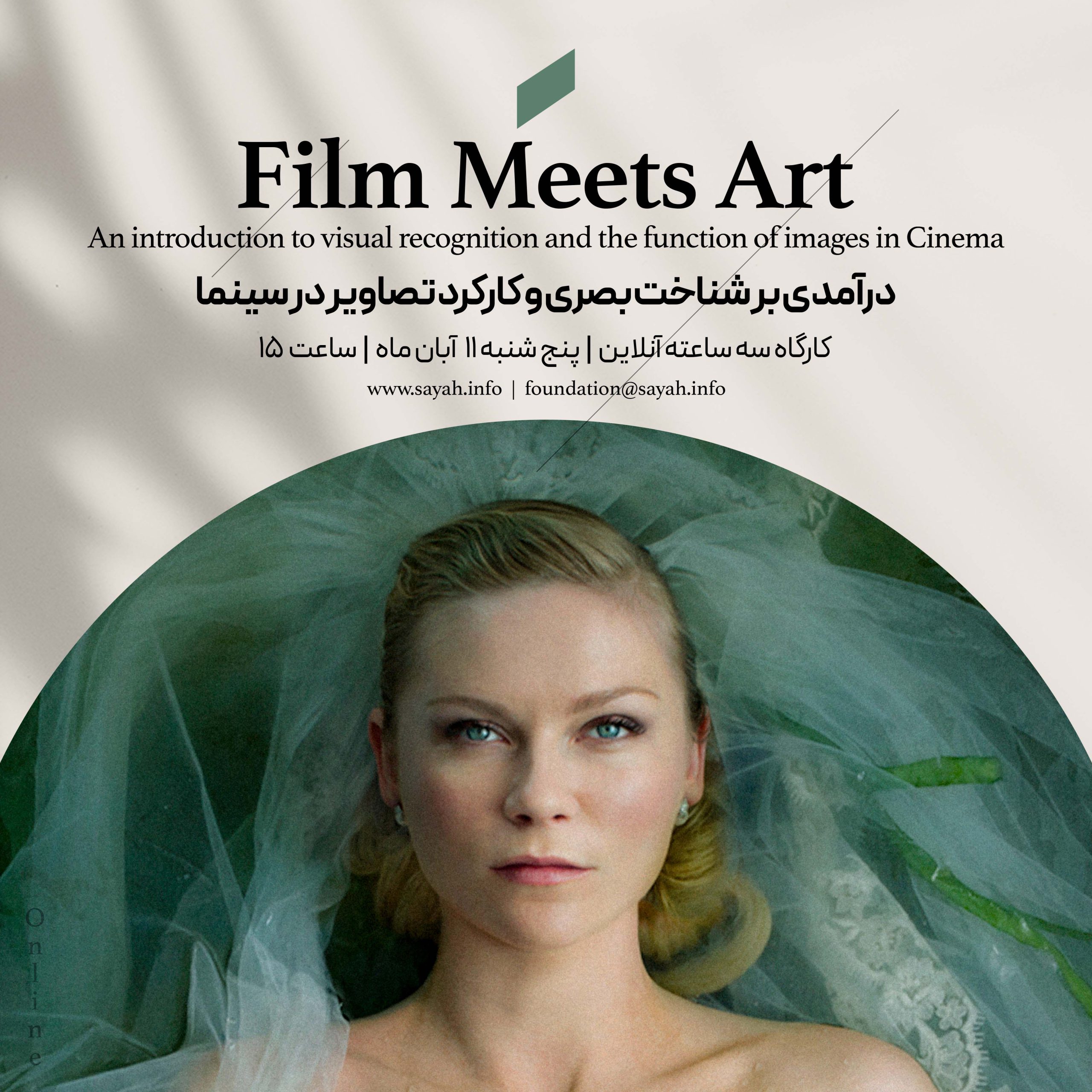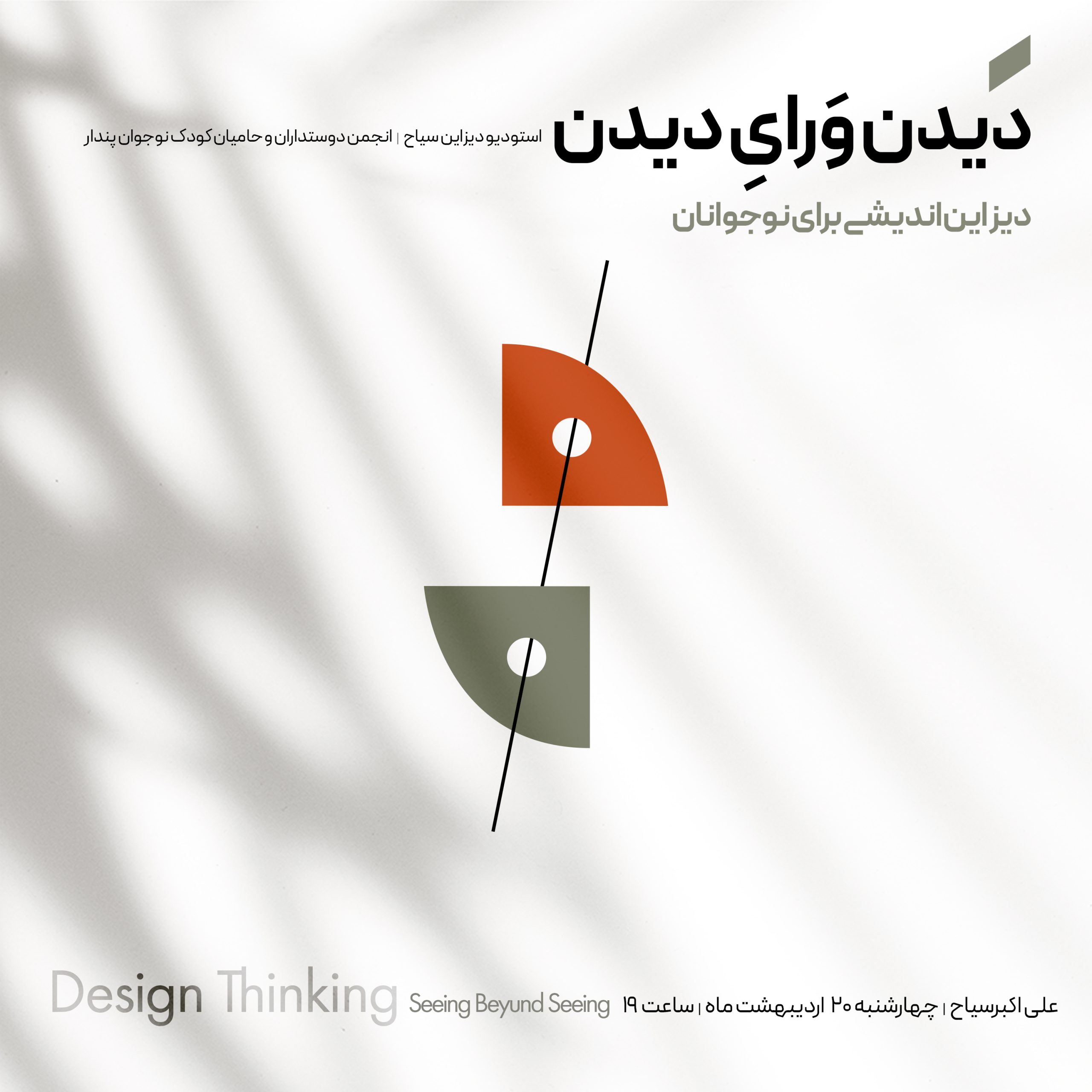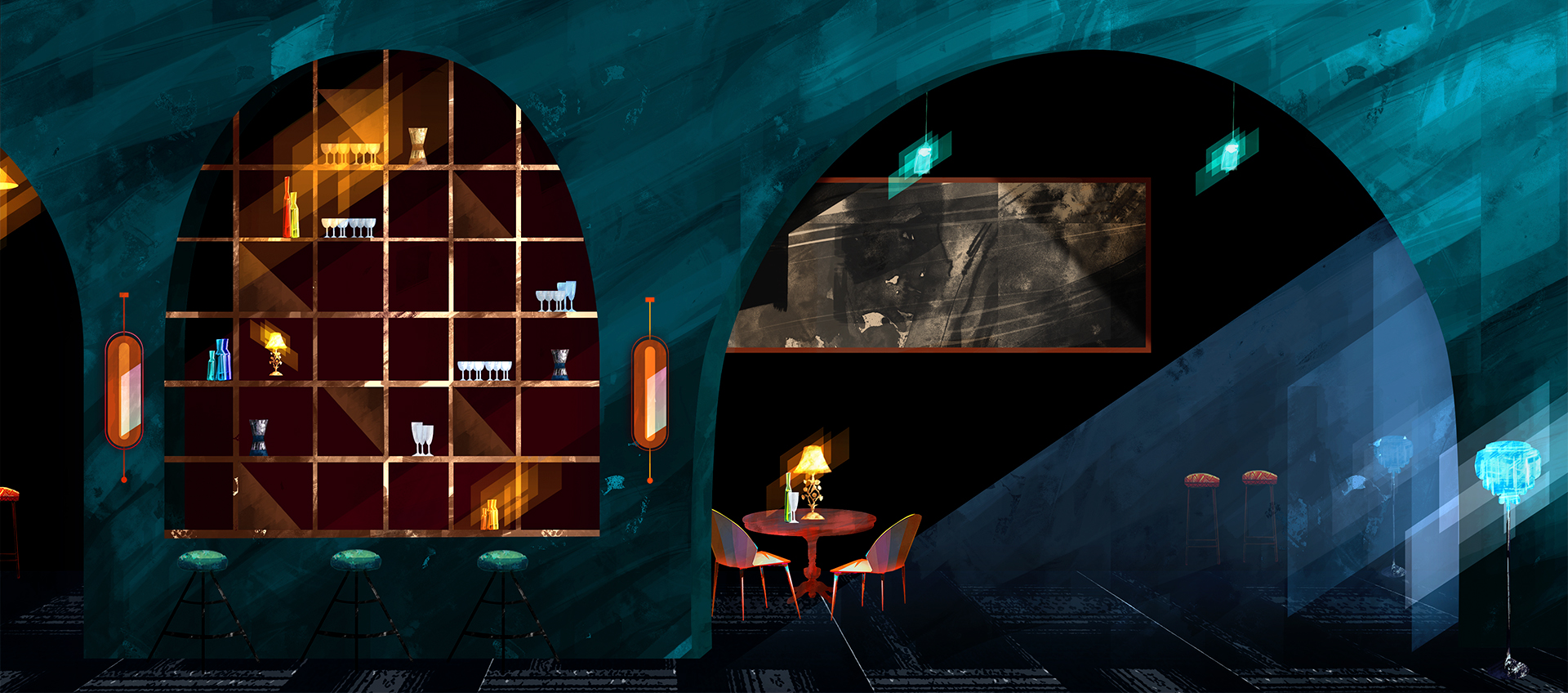
Sayah Studio
Sayah is an independent art and design foundation that, in addition to visual identity design, design and filmmaking, carries out projects aimed at literacy, creative and critical thinking of teenagers through the creation of works of art. One of the projects of this foundation is seeing beyond seeing, which started with two workshops on design thinking and personal filmmaking in 2022. All people related to the Sayah are art students and graduates who create works independently and freely. The focus of this foundation is on designing posters, visual identity of institutions, as well as training and making short films and documentaries.
Sayah Product
Sayah products are a subset of the artistic productions of Sayah Design Studio, which focuses on collaborating with other art groups and institutions in search of new design methods. The number of annual projects is selective and very limited due to the view of “Sayah Studio”.They learn that the most important factor suppressing creativity is internal. Just when a person accepts to be according to the accepted pattern and structure of the society and avoids change. Tom Kelly says; “Most of us are born creative, but over time we learn to stifle our creative impulses.” So far, Sayah Studio has organized four “seeing beyond seeing” projects with the participation of NGOs and cultural centers related to teenagers.
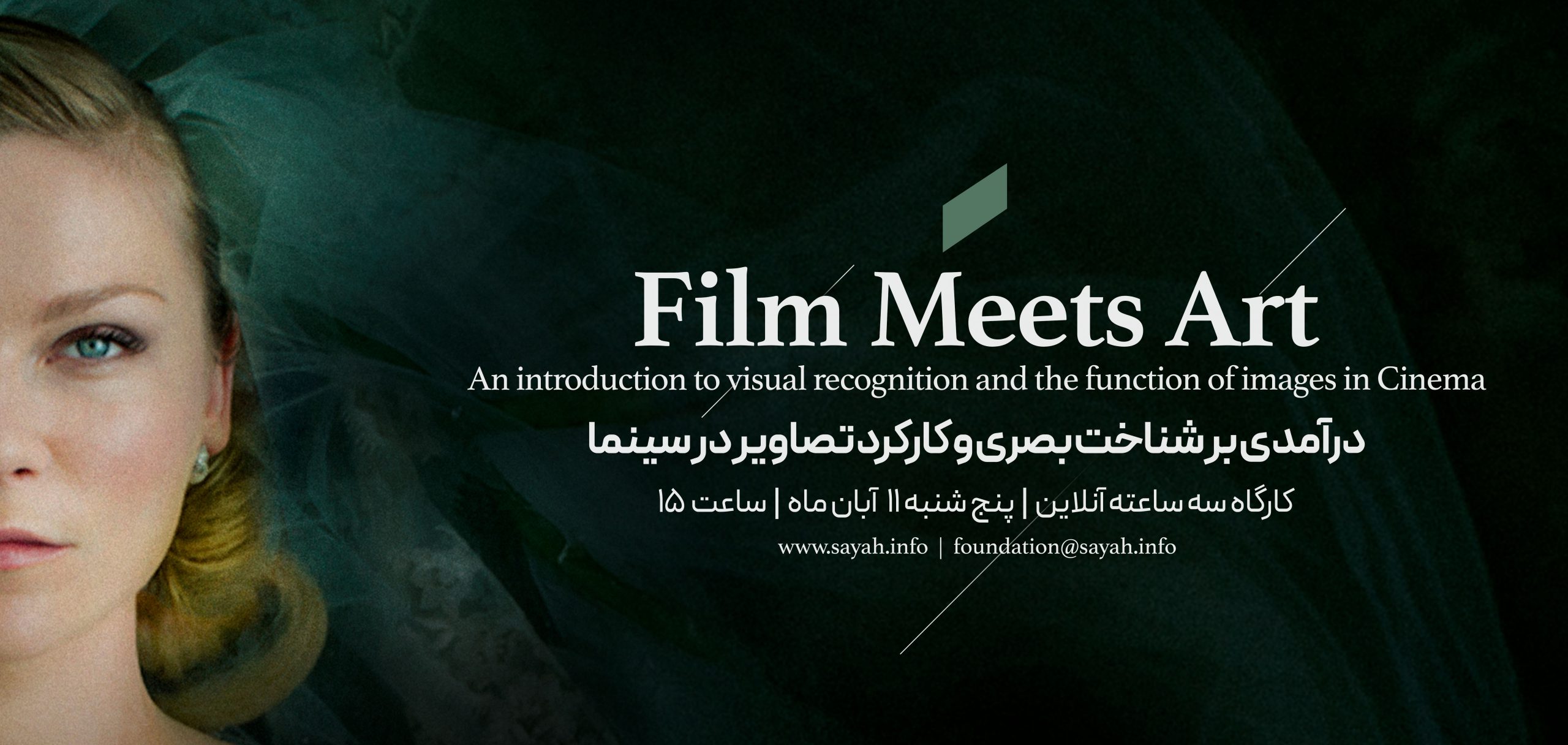
Film Meets Art
Film Meets Art is a discussion of the visual relationship of cinema with visual arts such as painting and photography. A speech about the link between cinematic images and visual works which is examined from two perspectives of semantics and aesthetics. In the first place, this link is a visual reference through creating similarities in the form of a color and lighting harmony, and in the second step, it is creating a conceptual connection between the two works.This talk will be held as a three-hour online workshop at Sayah Design Studio.
Sayah Studio
Seeing beyond seeing
The basis of the “seeing beyond seeing” project is protest. A pragmatic reaction to the inefficiency of the social and educational structure that is devoid of human values.
In fact, the meaning of design is also like this; Looking at and finding a creative solution to a problem. The truth is, we have learned the most worthless subjects in the worst teaching methods, none of which provide any solution to our real life. Even the definition of literacy imposed on us is ineffective and useless.
This is where foundations and independent cultural centers become important and by using new methods, they compensate for this lack and restore the educational seasons. In Sayah Foundation, teenagers learn to look at the surrounding environment and face biological issues through various projects and try to provide solutions for these issues in small steps. They learn how to let go of the fear of judgment and nurture their ideas with confidence.
They learn that the most important factor suppressing creativity is internal. Just when a person accepts to be according to the accepted pattern and structure of the society and avoids change. Tom Kelly says; “Most of us are born creative, but over time we learn to stifle our creative impulses.” So far, Sayah Studio has organized four “seeing beyond seeing” projects with the participation of NGOs and cultural centers related to teenagers.
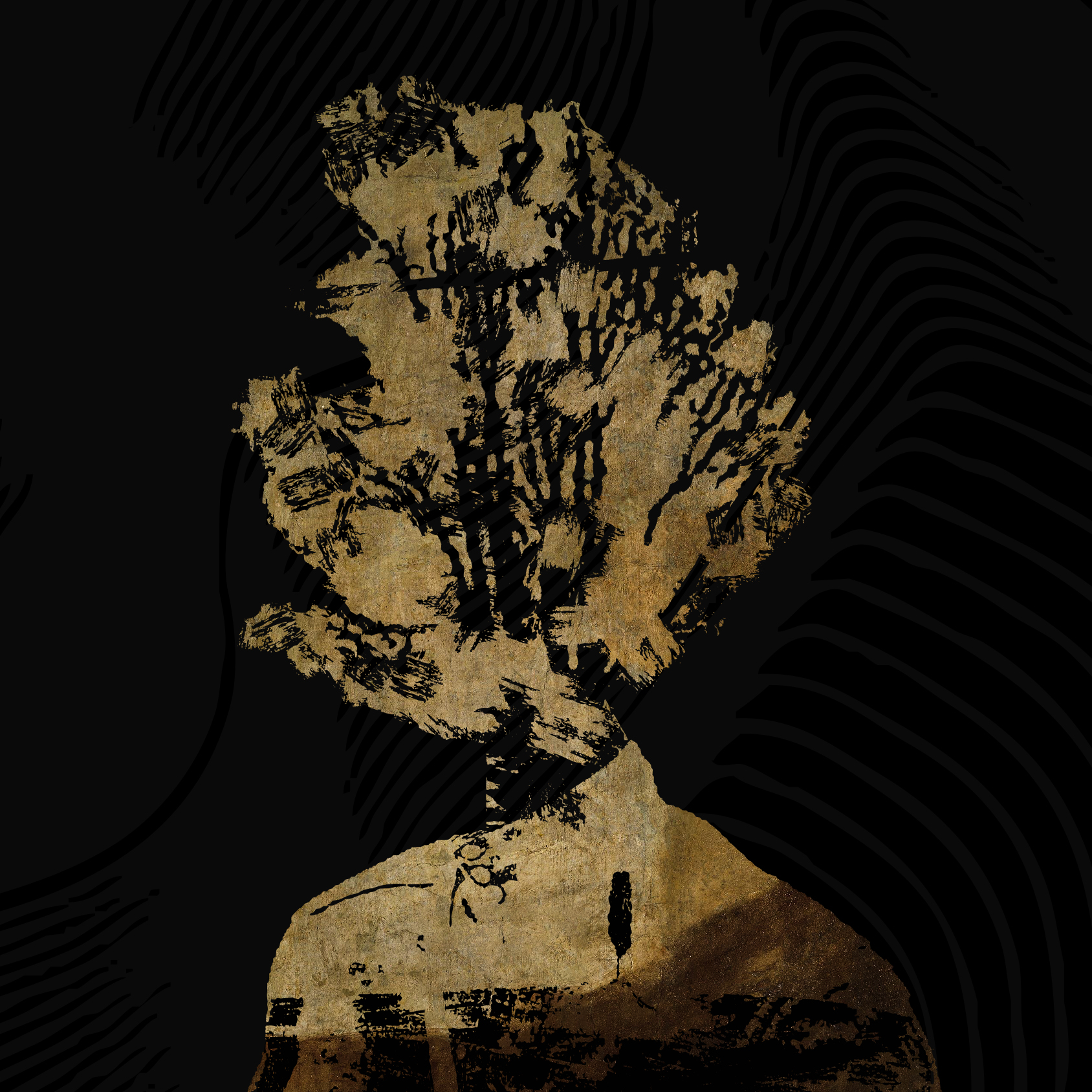
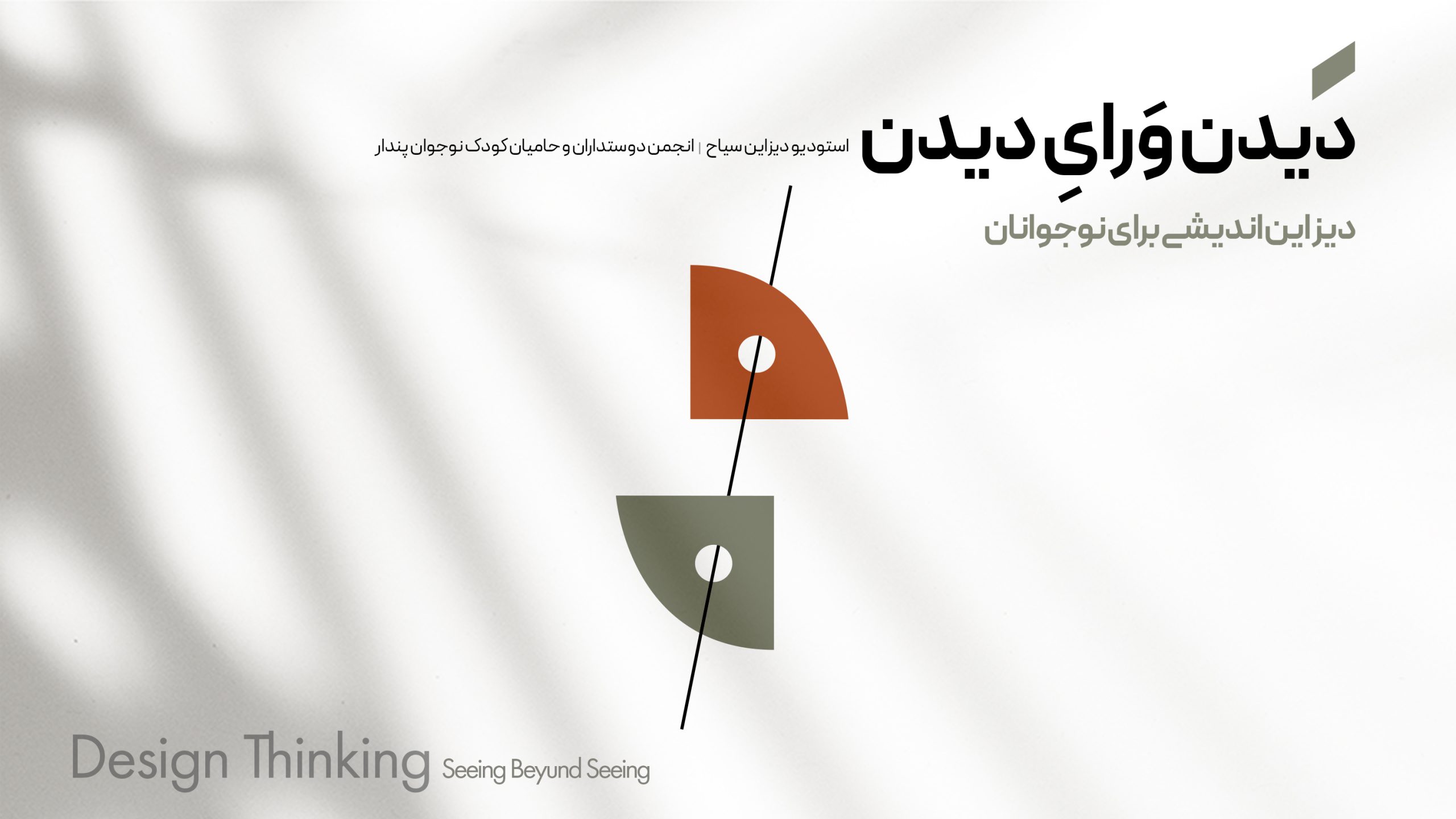
Design thinking for teenagers
With the support of Pandar Kids Friends NGO
Design thinking is a way to respond to people’s needs and desires. Design thinkers pose questions, investigate obstacles in creative ways, and move in entirely new directions.
In this course, teenagers learn how to look, discover their own world, and then provide a solution to a problem they have experienced in their personal life.
They learn that big changes start from small changes and even failures, and with each change, one can make one’s life more beautiful.
Elegy of four thousand years
With Shahreza Pottery Association and Mahik Sofal
A meeting for a deeper understanding of the cultural elements of an ecosystem and the effects of the capitalist system on the destruction of historical and cultural values.
Focusing on the 4,000-year-old history of the Pattern of pottery fish in Shahreza, which begins its narrative with mythology and reaches contemporary art and Shahrezai potters. But over time, in the face of other businesses, the identity of fish is degraded and becomes a cultural decline.
This meeting was held under the title of a conversation about the path of this decline and also finding a solution to restore the role of fish in the visual identity of Shahreza. Also, the documentary “Fish of the Tree of Life” which is a production of Sayah Design Studio with the animation students of the Academy of Fine Arts was also shown with the same theme.
Illustration of mythology
With the accompaniment of the Ghasedak Cultural Center
Illustrating mythology is a training course in two parts: storytelling and illustration. In the first period, Bastor’s story is narrated by the storytelling instructor for teenagers and they visualize the characters and spaces based on the story. The narration and illustration of the story, step by step, starts from the character design and ends in the creation of spaces. After the end of the course, the animation production group will make a short animation of the legend of Bastur based on the illustrations.
Personal filmmaking
With the accompaniment of the Ghasedak Cultural Center
Personal Filmmaking is a three-day workshop based on experimental short film making. In this course, students will make a one-minute film of their life (autobiography) while learning how to look and the basic concepts of cinema and image. They also learn how to use lighting and color, editing, music for a more personal narrative in their films. Personal filmmaking emphasizes the use of visual arts such as painting and photography in the medium of cinema, how to communicate with all kinds of audiences through the language of images.
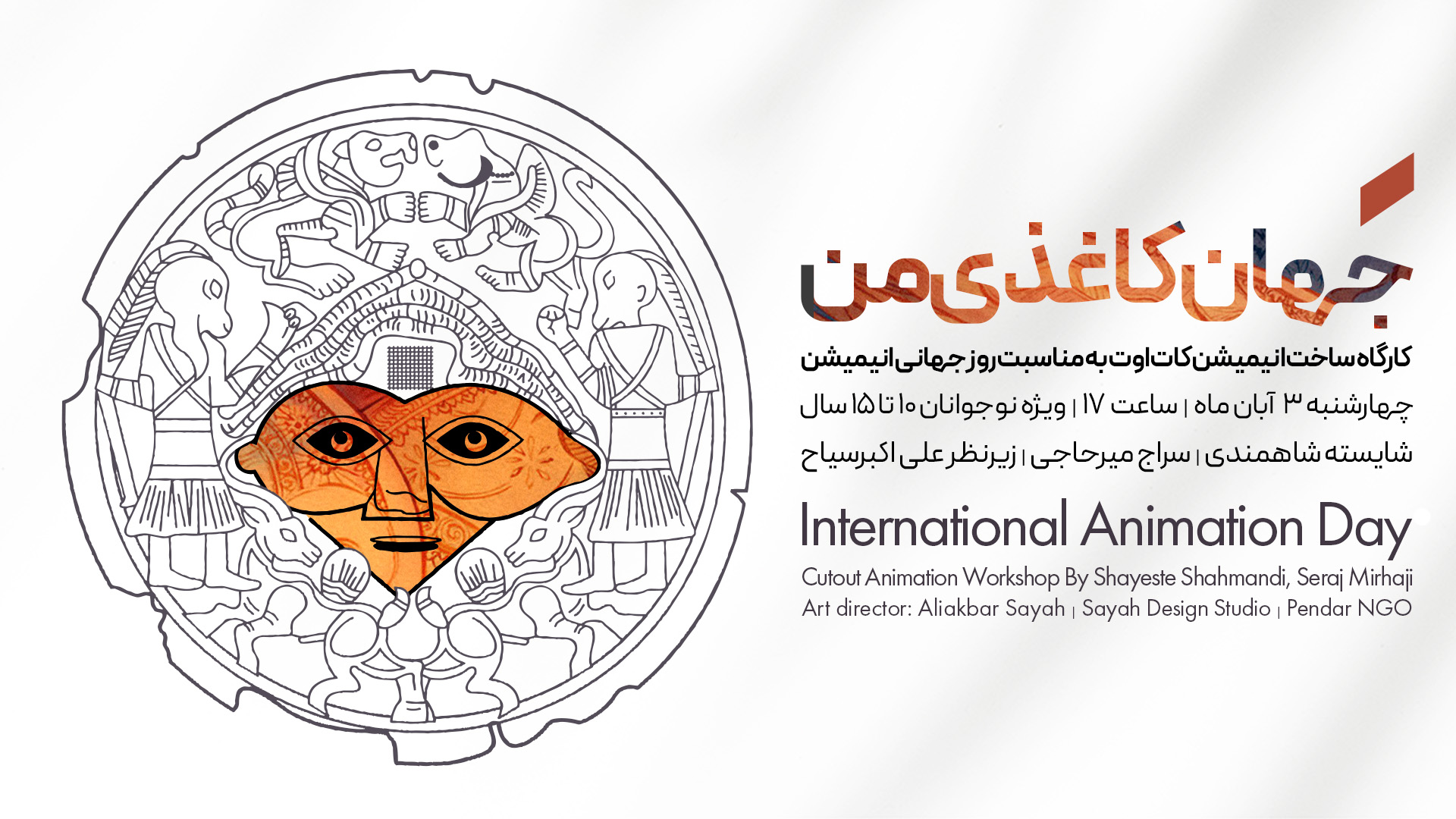
My paper world
With the support of Pandar Kids Friends NGO
This event is a one-day workshop suitable for World Animation Day, in which Shayeste Shahmandi and Seraj Mirhaji produce cut-out animation by hand with 10 to 15-year-old teenagers. In this workshop, teenagers get to know the main stages of animation production as well as the use of simple writing tools to express creativity. The basis of the depictions of the event is Badudi motifs in the 9th century BC in Iran, which are unique and rarely seen in terms of icons.
Aliakbar Sayah, as an artistic director, talks about her personal experiences and how to find ideas in this workshop. This event is organized by Sayah Design Studio in association with Pandar NGO on World Animation Day.
Aliakbar Sayah
Sayah Design Studio has been responsible for designing the visual identity of various institutions such as Ghasedak Cultural Center, Mehrang Visual Arts School, Soal Cultural Center, Pandar Child and Pendar Kids Friends NGO, Social Mental Health Society, Phoenix Information Technology Company, etc.











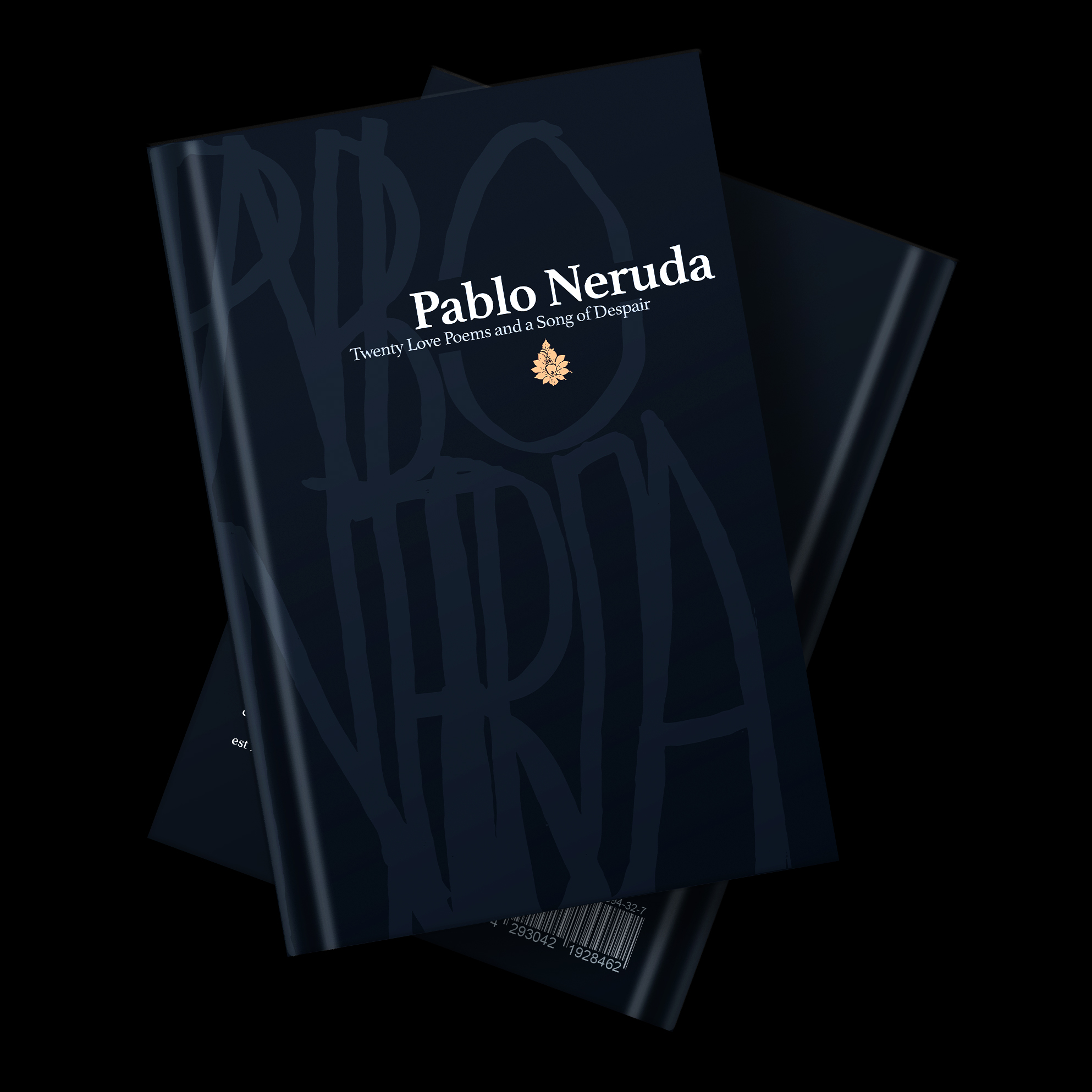
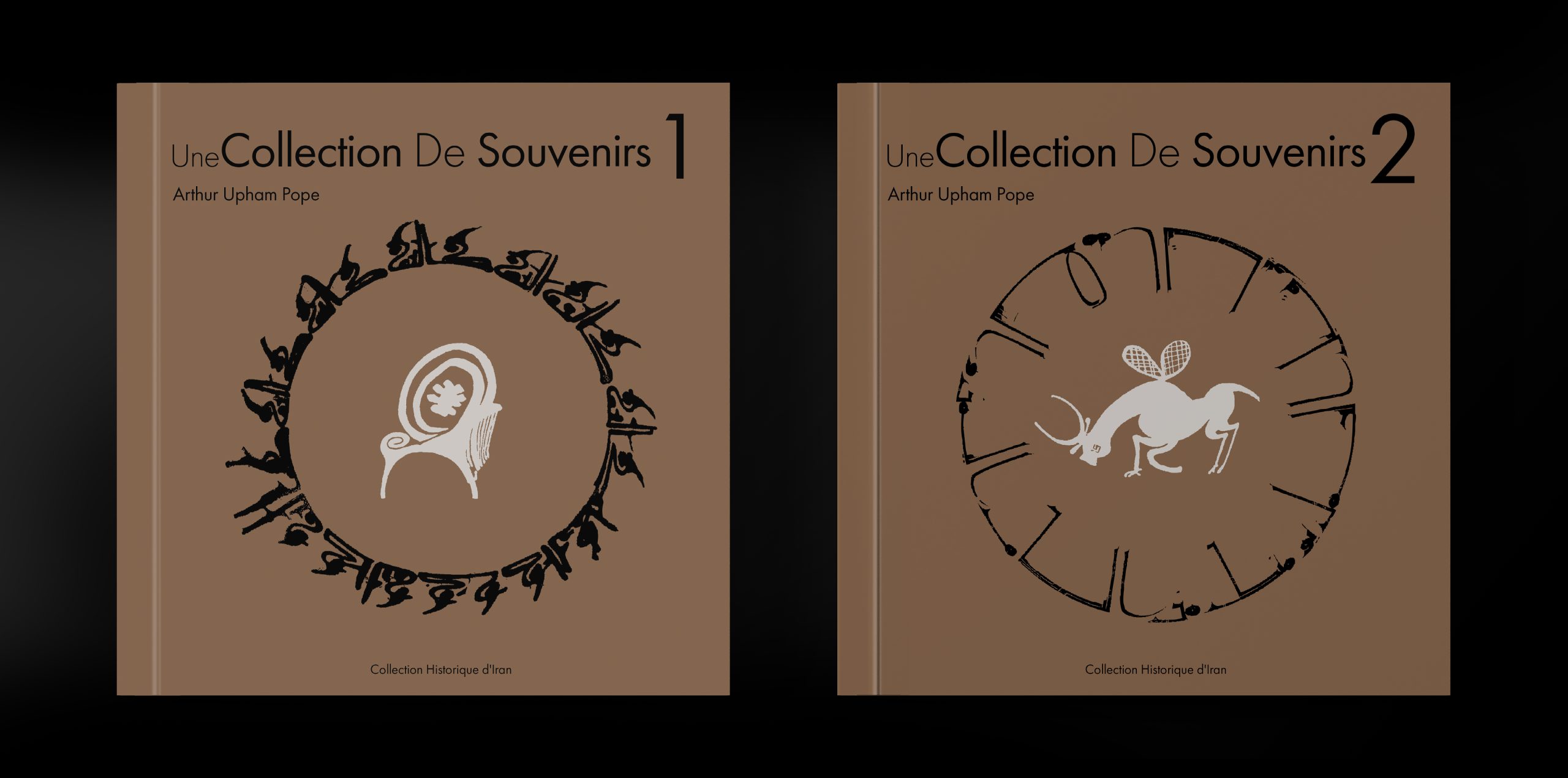
Les Fleurs du mal
Also, in its internal activities, Sayah Studio creates video art and experimental films based on the relationship between poetry and cinema, which are created with the help of professional photographers and designers. One such work is Bad Flowers video concept art for a still life group exhibition based on the poems Bad Flowers by modern French poet Charles Baudelaire. Along with the musical atmospheres, for the visual graphics, the video of the dried flowers on the glass vase was taken from Mancro’s images to get an image similar to the impressionist paintings.
Video art is an art form which relies on using video technology as a visual and audio medium. Video art emerged during the late 1960s as new consumer video technology such as video tape recorders became available outside corporate broadcasting. Video art can take many forms: recordings that are broadcast; installations viewed in galleries or museums; works streamed online, distributed as video tapes, or DVDs; and performances which may incorporate one or more television sets, video monitors, and projections, displaying live or recorded images and sounds.[1]
Video art is named for the original analog video tape, which was the most commonly used recording technology in much of the form history into the 1990s. With the advent of digital recording equipment, many artists began to explore digital technology as a new way of expression.
One of the key differences between video art and theatrical cinema is that video art does not necessarily rely on many of the conventions that define theatrical cinema. Video art may not employ the use of actors, may contain no dialogue, may have no discernible narrative or plot, and may not adhere to any of the other conventions that generally define motion pictures as entertainment. This distinction also distinguishes video art from cinema’s subcategories such as avant garde cinema, short films, or experimental film.
